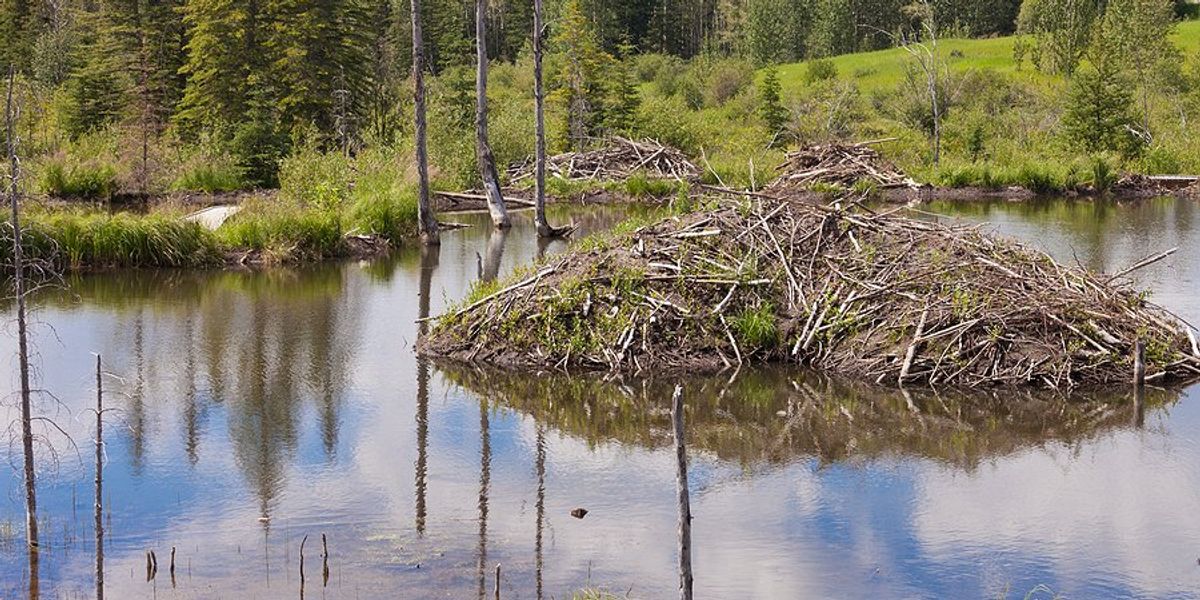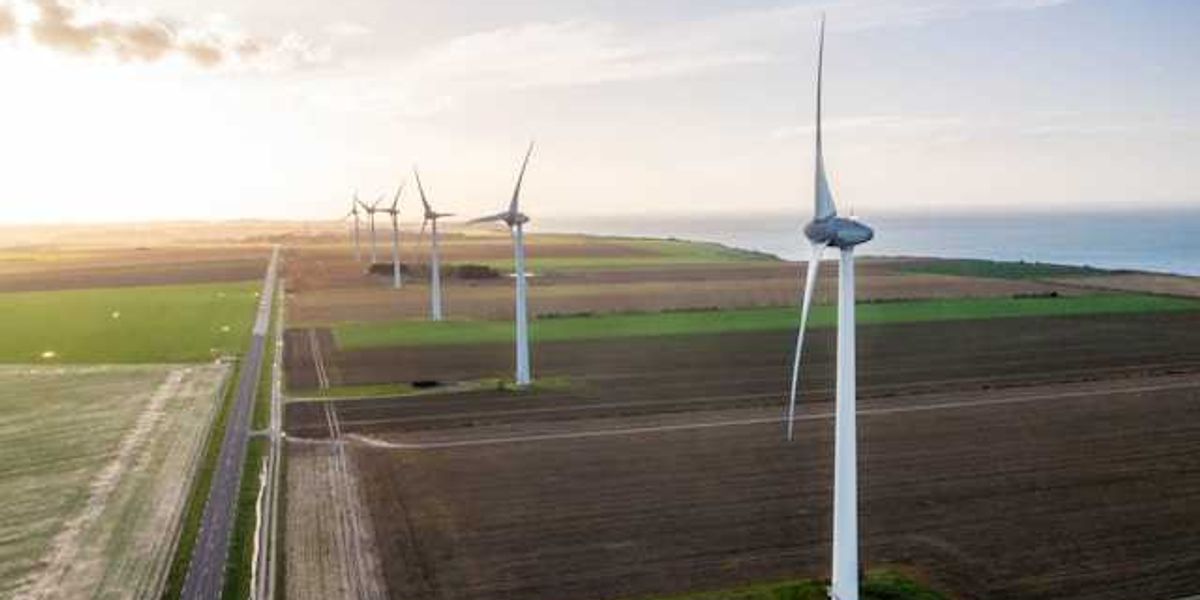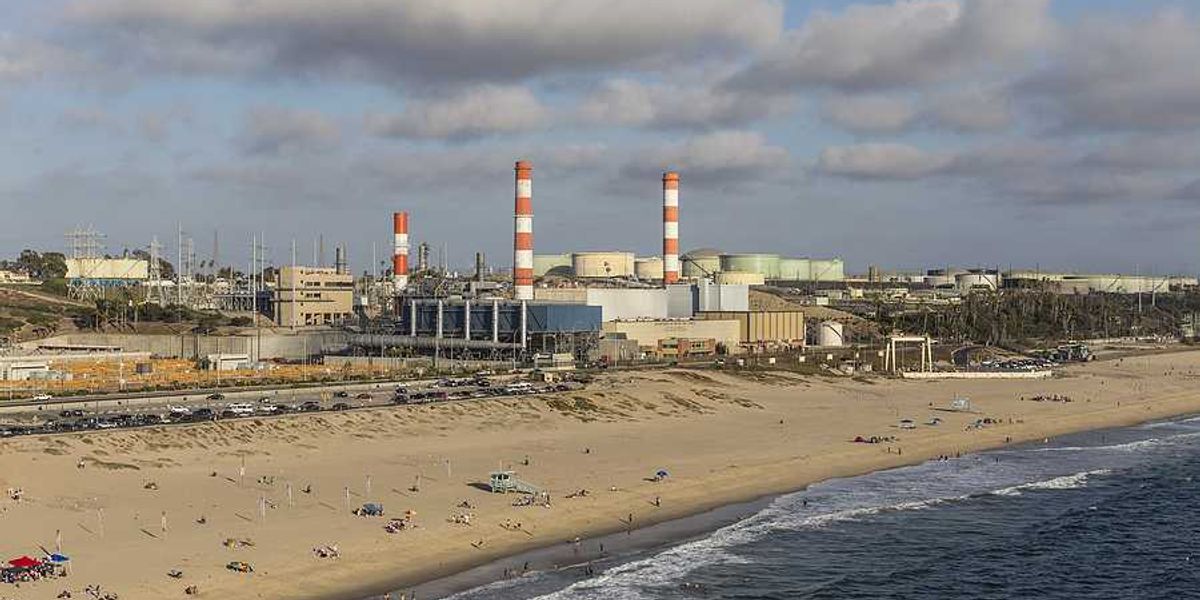
Colorado’s alpine wetlands are quietly contaminating drinking water with toxic mercury
Mercury pollution drifting from Asia and sulfate runoff driven by climate change are triggering the formation of a dangerous neurotoxin in Colorado’s mountain wetlands, potentially threatening water supplies for millions.
Eve-Lyn Hinckley writes for The Conversation.
In short:
- Subalpine wetlands in Colorado are producing methylmercury, a toxic form of mercury that bioaccumulates and can harm both wildlife and humans, especially those consuming fish.
- This process occurs when inorganic mercury, sulfate, and organic carbon meet in low-oxygen wetland soils, conditions now increasingly common due to global mercury emissions and warming-driven runoff.
- Researchers found higher concentrations of methylmercury at wetland outlets than inlets, indicating that these mountain systems are acting as a source of the contaminant to downstream drinking water supplies.
Why this matters:
Methylmercury is one of the most toxic forms of mercury, linked to developmental and neurological disorders in humans and reproductive failure in wildlife. It builds up in food chains and poses risks even at low concentrations. Colorado’s alpine wetlands, long viewed as pristine, are now functioning as chemical reactors due to global mercury fallout and sulfate-laced runoff unleashed by melting mountain ice. The result is a new and largely invisible threat to downstream communities that rely on mountain water sources. Public health officials, regulators, and water managers should take note.
Learn more: Mercury levels in northern Minnesota fish keep rising despite emission cuts













